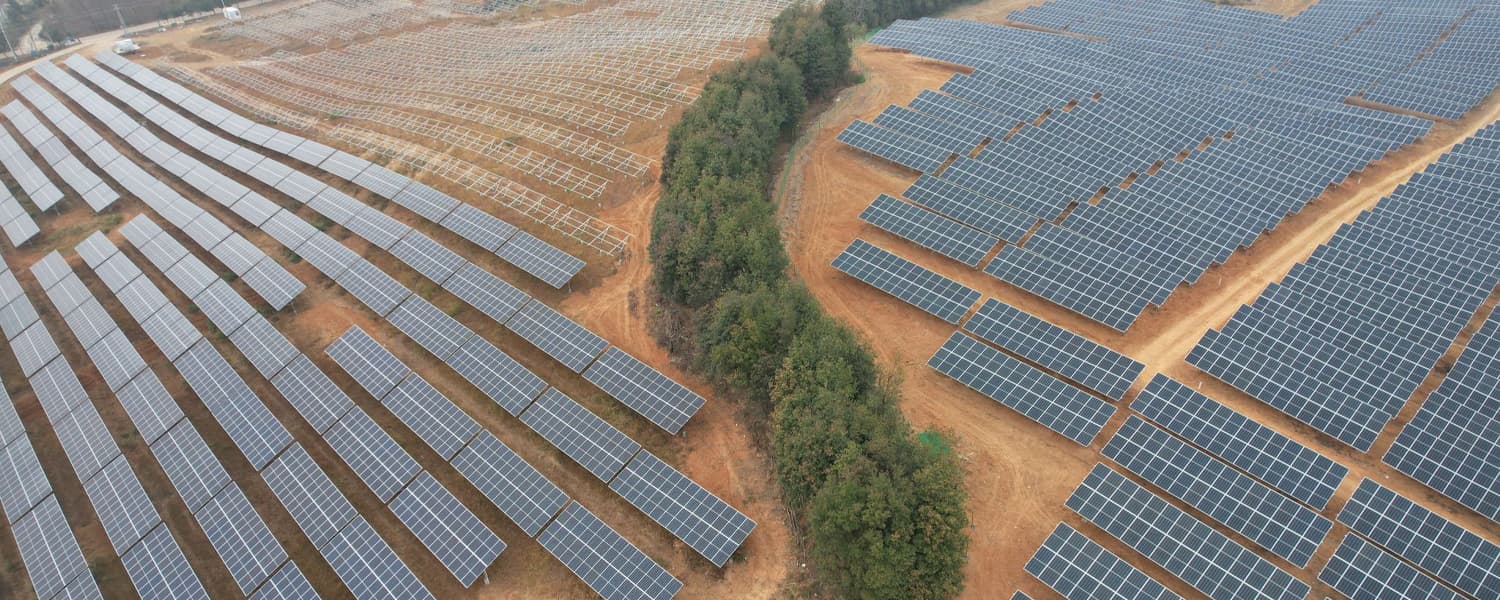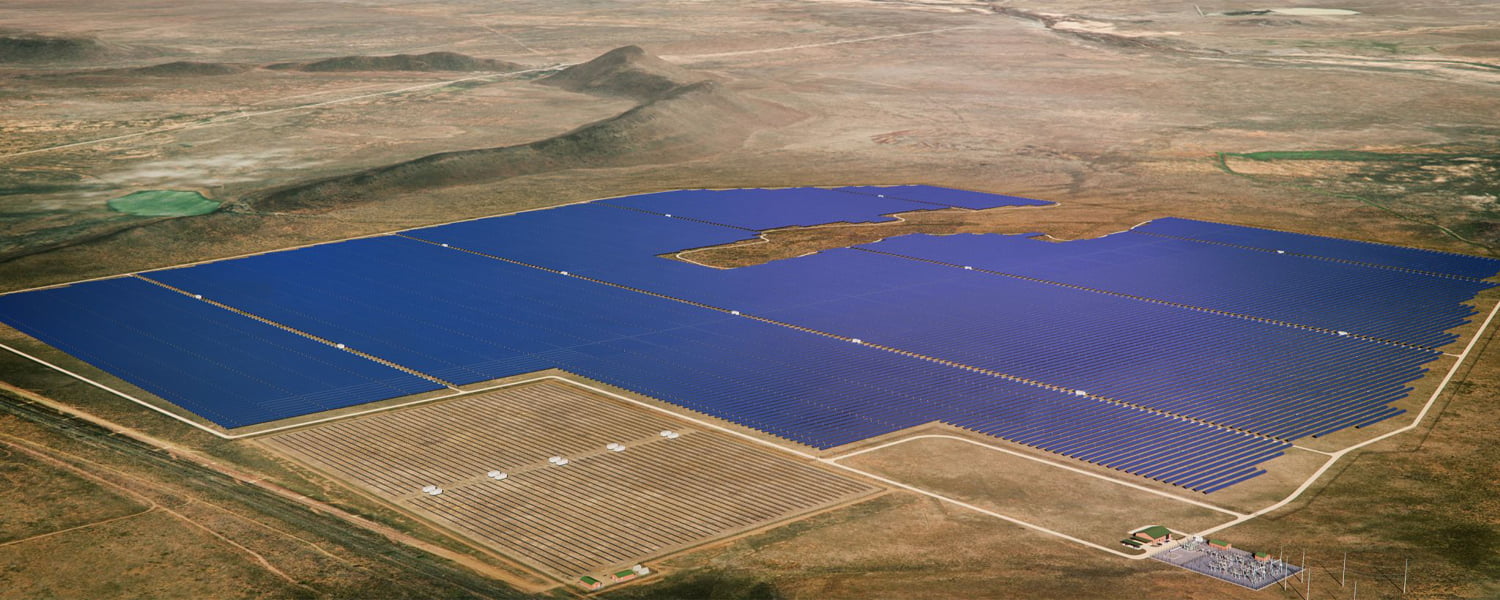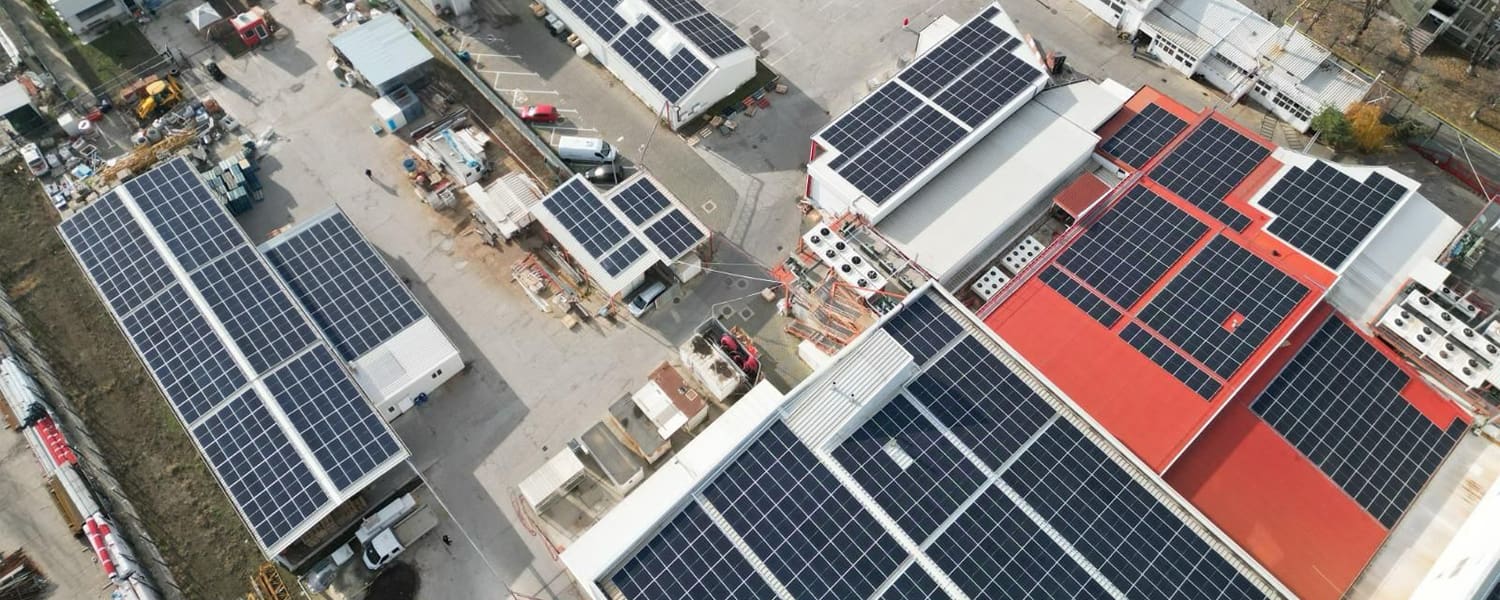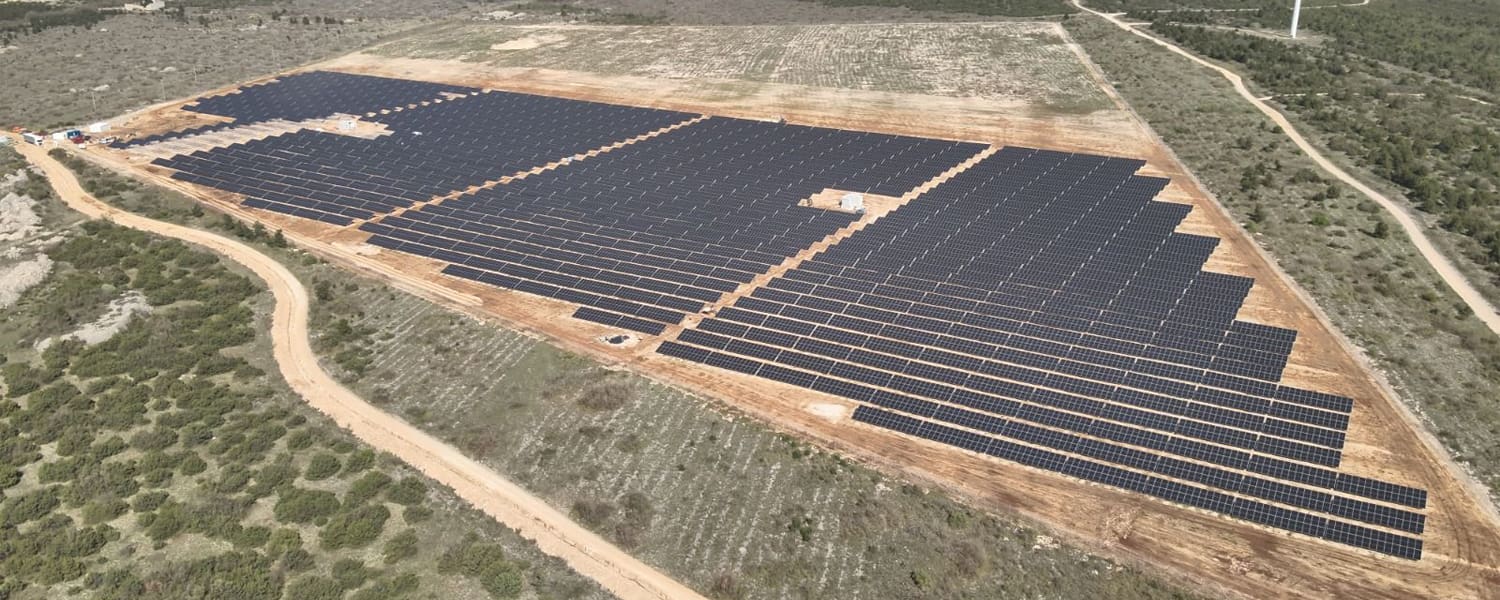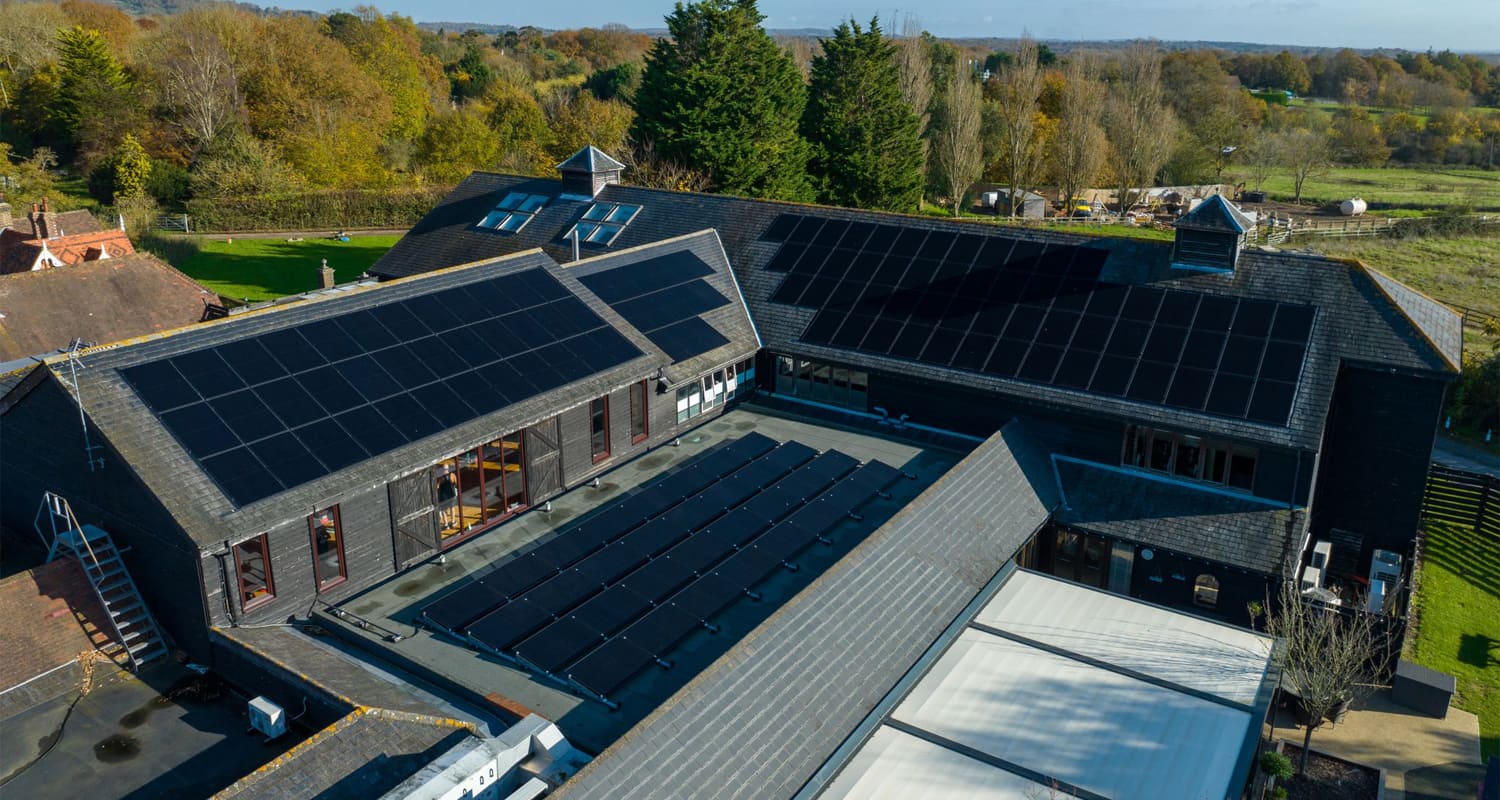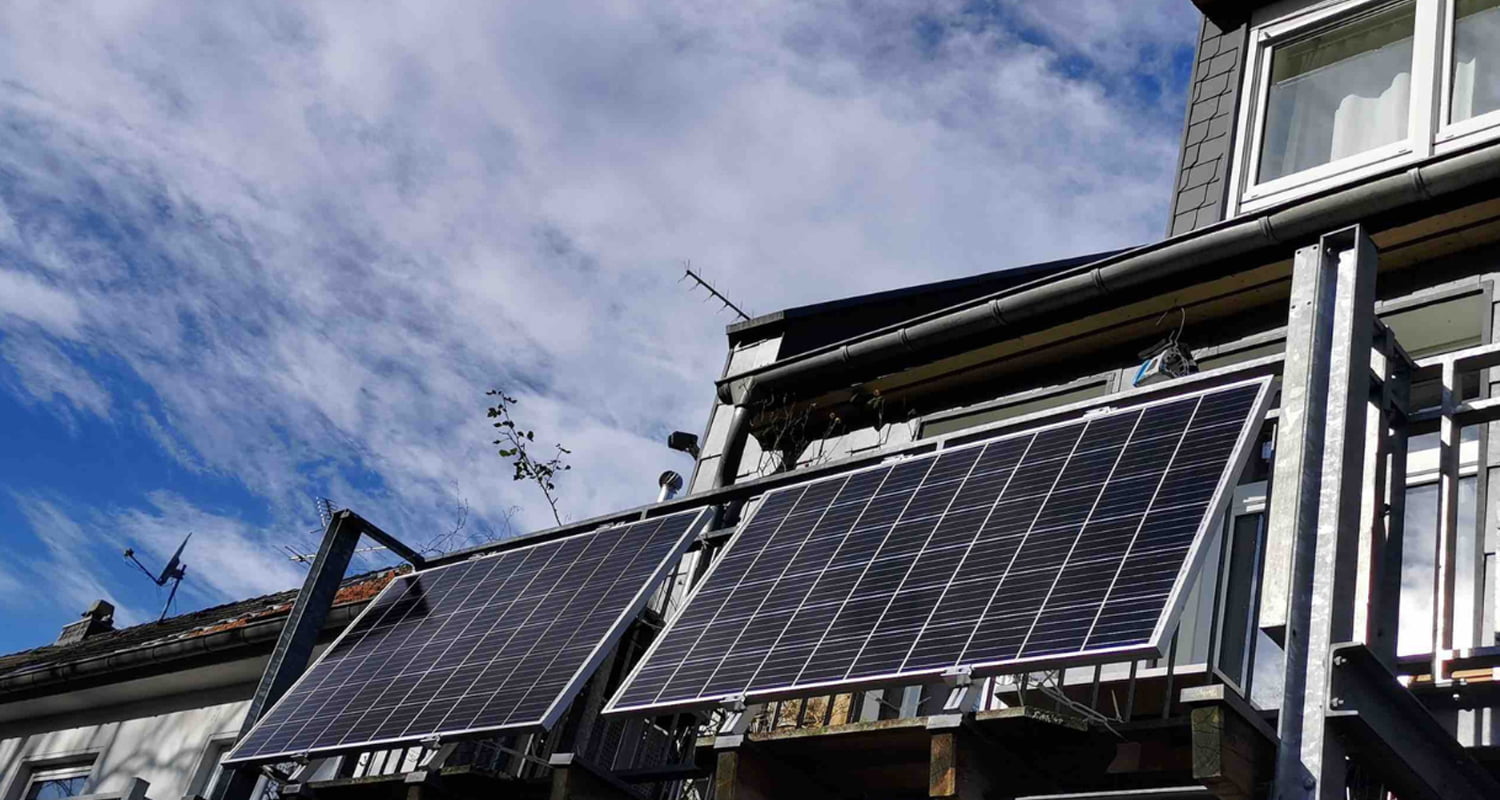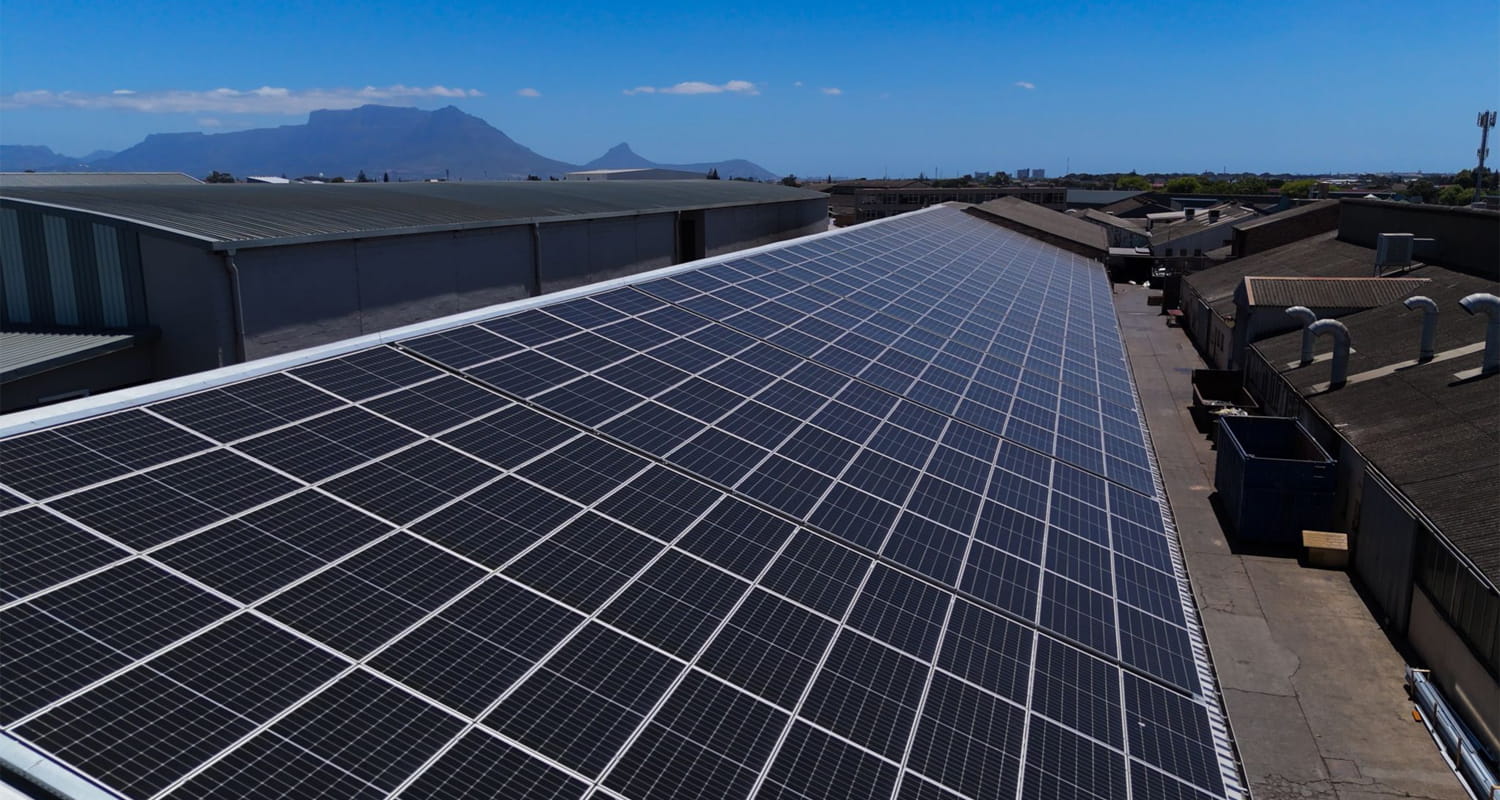From Resting Places to Renewable Powerhouses: A Green Burial Revolution
Apr 08, 2025
During the Qingming Festival, the drizzle is like silk, gently brushing across the earth, nourishing all things. People hold flowers in their hands, respectfully, and slowly walk towards the quiet cemetery to pay tribute to the ancestors who once gave us life and love. In Nanjing Yuhuatai Gongde Garden, a completely different scene is quietly unfolding. On the wall of the burial wall, rows ...

